UNESCO sites of Iran: Bam and its Cultural Landscape
Bam is based in Kerman province in south east of Iran. it was placed in the UNESCO world heritage sites of Iran in the year 2004. It is 1050m above sea level and have a warm and dry environment. It covers about 5175 square kilometers of Iran. You can reach it from Tehran by car in about 12 hours. Domestic flights and trains are more quicker.
When you reach Bam the first thing you’ll notice are the beautiful palm trees across the city. In every house and every park you can see one. The economy of the city depend on these date palms as well. Dates produced in Bam are exported to nearly 15 countries in the world. They are also a known delicacy in all the regions of Iran.
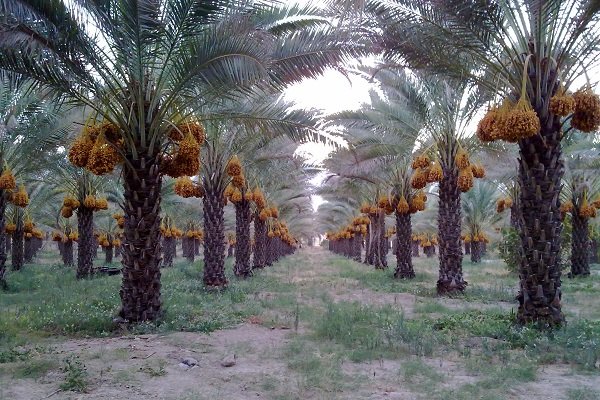
Historically Bam was famous for being the exchange point for goods and cargo. Near the end of Lotf Ali Khan‘s time (the last Shah of Zand dynasty) he escaped to Bam. For a short while the Capital of Iran was Bam.
Bam was in the spice road (one of the routes of the Silk Road for spices and fabrics) and connected the west civilization to Sistan and ultimately to the population of the Indus River in India. The gate of the east of Iran on the Silk Road was Bam. Also it was the central exchange point between Khorasan and Kerman in the boarders of the country.
Historical sightsees of Bam
the earthquake rocked and destroyed the city and most of the buildings, but it reveled the Tal-e Atashin site. Tal-e Atashin is from the Neolithic era. The decayed old city gave its place to the new city and was forgotten. the house like structures underneath are still being research for more information.
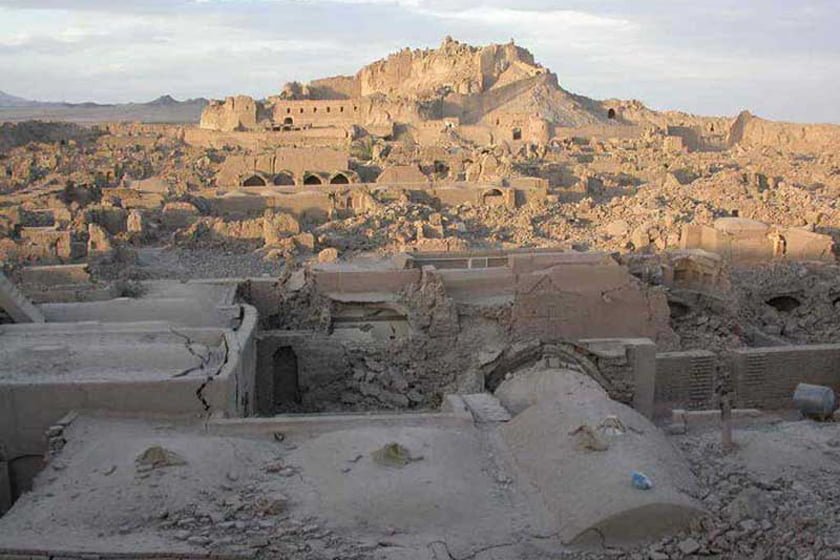
In this city you can see the largest Qanat by discharge volume of water in Iran. Qanat is an ancient water supply system that can transport water over long distances in hot dry climates without much loss. Akbar Abad and Ghasem Abad Qanats are on the 11 Qanats of UNESCO in the list of world heritage sites that joined others in 2016.
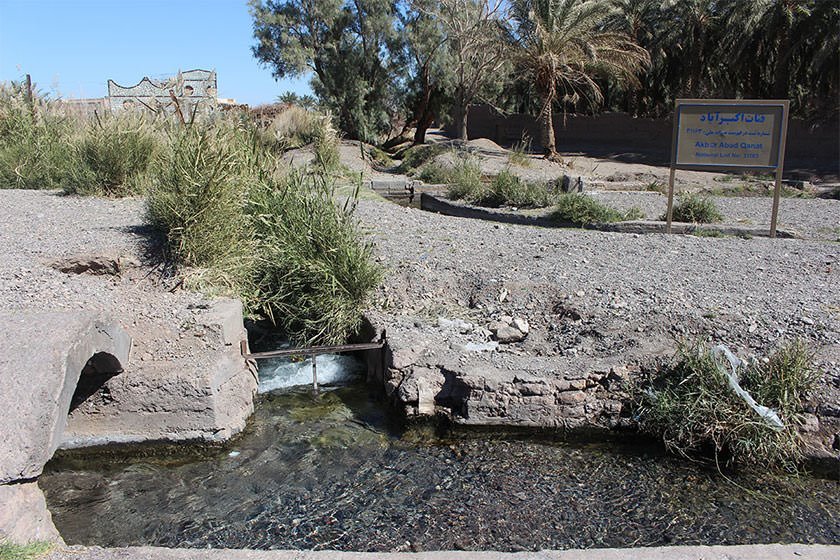
Arg-e Bam
Arg-e Bam is the symbol of the city and is the biggest and most important touristic site of the region. It is the biggest adobe building in the world and traces back to at least the Achaemenid Empire (sixth to fourth centuries BC). Later the Parthian dynasty, expands the fort so they made Arg-e-Bam what it is today .
In the year 2004 the devastating earthquake of Bam destroyed the city and Arg-e Bam significantly and demolished 85% of the Arg. After that year the construction work starts and after 7 years of work, with the help of local people it gets fully restored to its former glory. Now you can visit it like before, although some of the destroyed parts were left untouched. As conservators say, the earthquake is a part of the history of the site so we need to leave a sign of the past for the future.
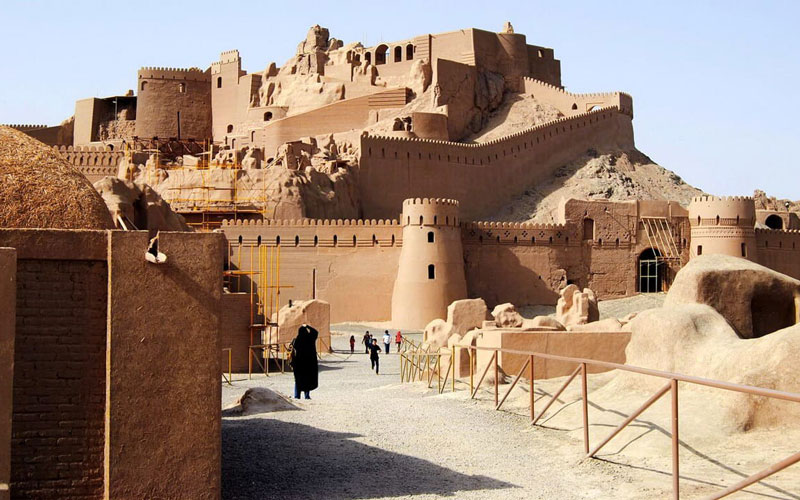
you can see many natural places around the city after visiting these sites in Bam. You think a dry environment like this can’t have a place with water or greens in it, but Bam has numerous natural locations like waterfalls, rivers and canyons with pleasant weather that can surprise you.
For example waterfalls of Dehbakri village is the place that most people of Bam do their seasonal migration to. In the summers is a lovely place to see placed in about an hour from Bam by car. Taheran waterfall and canyon is about 80 kilometers from bam to the south east. It is fed by Jebal Barez mountain chain in Kerman. Near it the Adory river is among the other sightsees of Bam that you can enjoy.
The best time to visit Bam is in the spring and fall (April and May, August and October).

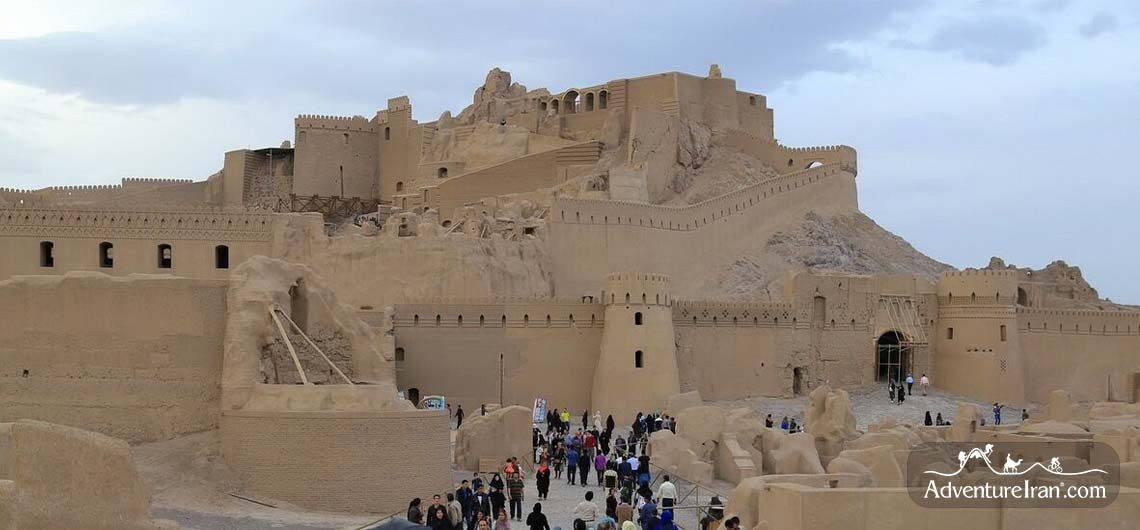
Comments